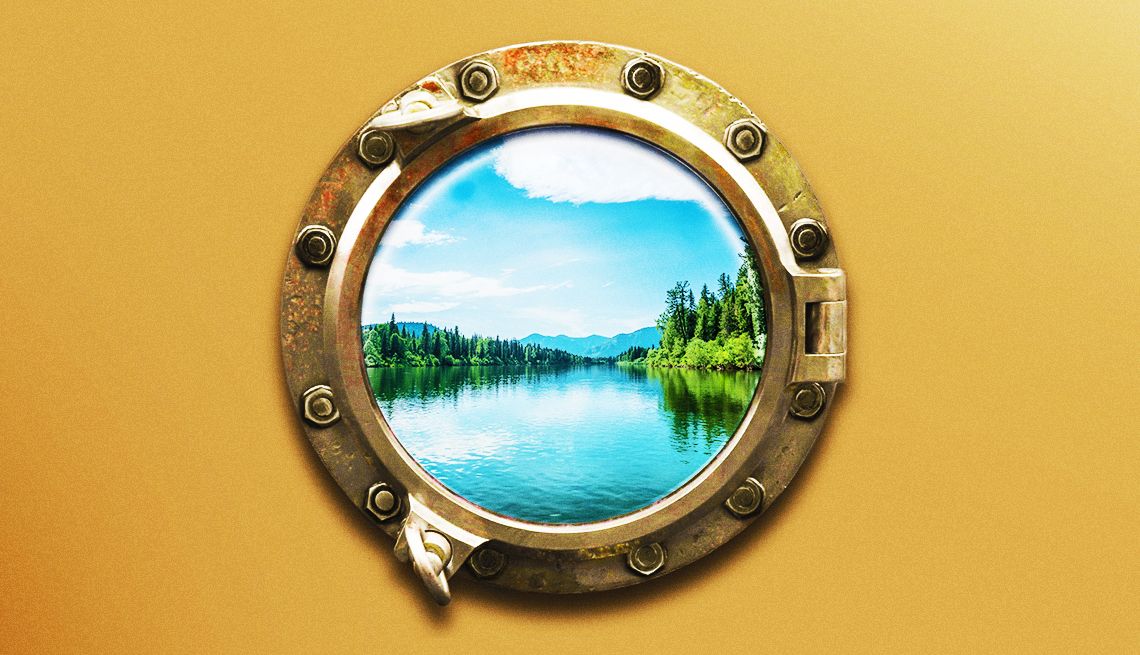AARP Hearing Center


By now, you’re well aware of the upsides and downsides of social media use: the delight of easily staying in touch … and the agony of comparing your low moments to everyone else’s carefully curated highs. The pleasure of finding like-minded strangers who share your weird obsessions … and the pain of getting dragged into pitched political battles with people you used to admire.
For the most part, socializing online is linked to positive outcomes, such as “reduced loneliness and enhanced social connectedness,” says Lona Choi-Allum, senior research adviser with AARP Research.
But studies over time show mixed results, suggesting that “the benefits really depend on how social media is used, not just whether it’s used,” Choi-Allum says. As the years roll on and you accumulate friends as well as “friends” you rarely or never see, researchers are beginning to ask whether digital friendships can offer the same kind of emotional and practical support that traditionally we gained from people we see regularly. Can an online bestie really replace an in-person confidant?
The rise of the algorithm
The way social media platforms work has evolved over time. For example, during its early years in the mid-2000s, Facebook had a chronological feed that displayed your friends’ posts from newest to oldest. But today, Facebook — the most commonly used platform for people 50-plus, per AARP Research — says it uses a ranking system with “over 100 different prediction models” to show you posts from people, groups and companies it thinks you’ll “find valuable,” whether you already follow them or not. Over on X (the rebranded Twitter), some users who had been banned for inflammatory posts under the previous ownership were restored to the platform in 2022 and even promoted into users’ feeds.
Stay Connected
With AARP
Looking to spark new friendships, join fun activities or just connect? AARP offers many in-person and virtual programs to bring older Americans together. From local events and volunteer opportunities to online communities, there’s something for everyone.
With those kinds of changes to their driving algorithms, social media is “not designed for nuance,” says Anna Goldfarb, author of Modern Friendship: How to Nurture Our Most Valued Connections, noting that those platforms can exacerbate division. “It’s in the interest of the social media company to keep you on the page, writing comments, trying to explain yourself,” Goldfarb says.
At the same time, online communities where users gather to discuss a shared interest have grown in recent years, and that growth is expected to continue, according to the social media management company Sprout Social. Examples of these niche communities include Facebook groups, Reddit subreddits and Discord servers. “Under different circumstances, we might have never known one another,” wrote the essayist Blake Turck for Business Insider about an eight-person, intergenerational group of writers that meets online weekly. “At times, I felt more authentic with them than with family or people I’ve known my entire life.”
A friend in need
Historically, a friend has been someone who will help you get things done — a phenomenon called “mutual obligation” (think pitching in for home repairs or babysitting), according to James F. Richardson, a cultural anthropologist and author of Our Worst Strength: American Individualism and Its Hidden Discontents. Online-only friends can’t help you with those in-person tasks.
But another core aspect of developing a close friendship is gradual self-disclosure: opening up to share your thoughts and feelings. This can make online friendships challenging, especially for older men, says Justin Pere, a relationship counselor and certified sex therapist in Seattle. “Many men already struggle to share emotions, and social media can give the illusion of connection while actually making emotional avoidance easier,” he says. “Posting a photo of your dog or commenting on a friend’s vacation is not the same as saying [in real life], ‘Hey, I’ve been having a rough week.’ ”


































































Next in series
The Older Americans Going Above and Beyond
For these 50-plus adults, giving selflessly has been life-changing